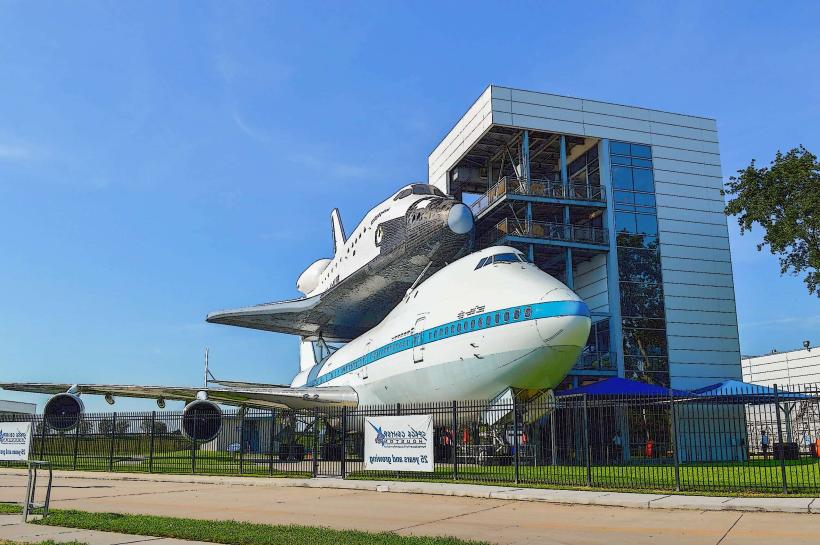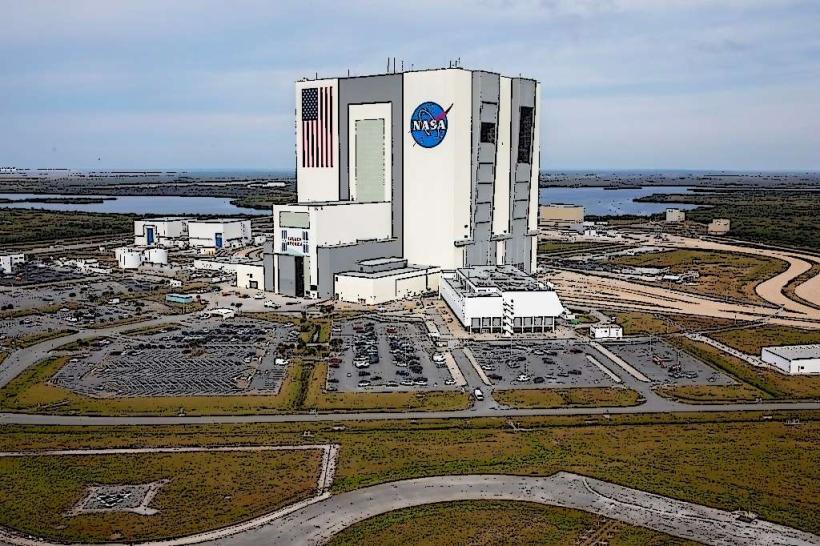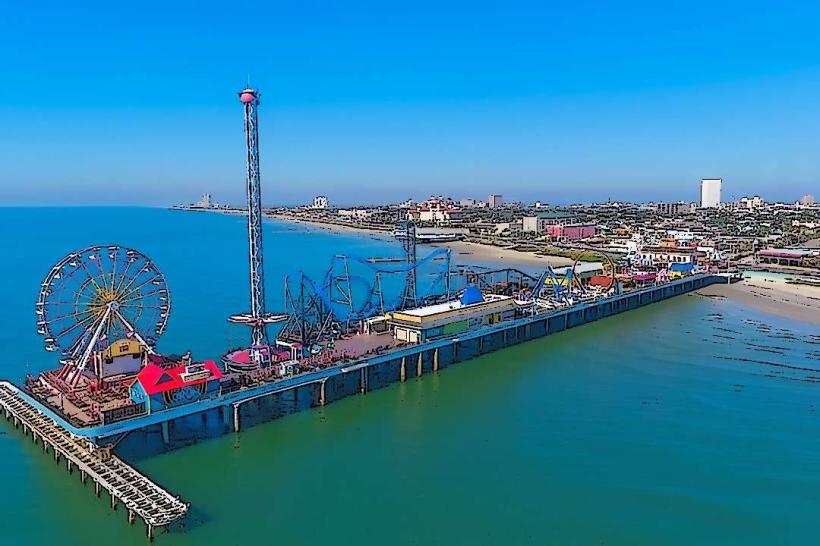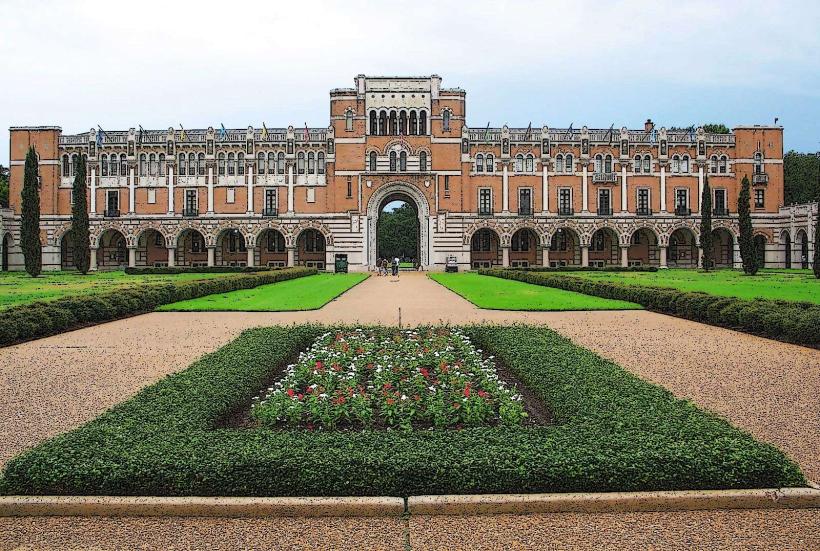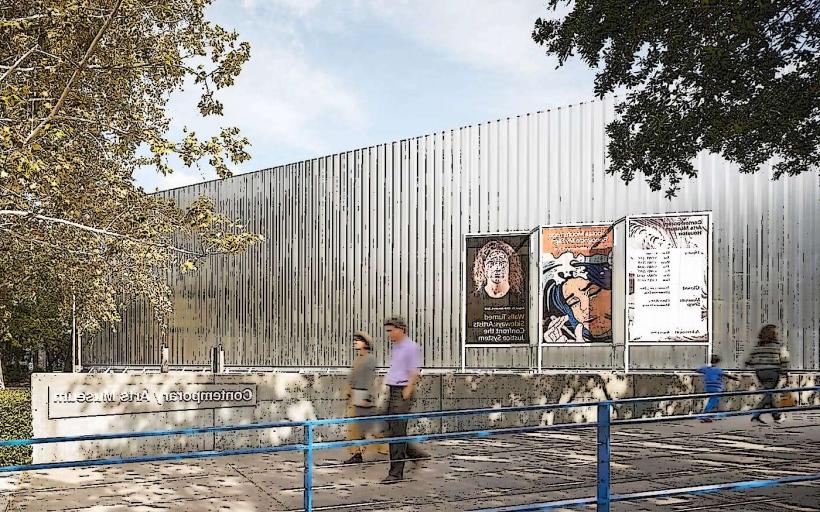Information
Landmark: Houston Museum of Natural ScienceCity: Houston
Country: USA Texas
Continent: North America
Houston Museum of Natural Science, Houston, USA Texas, North America
The Houston Museum of Natural Science (HMNS) is one of the most prominent science museums in the United States, attracting over a million visitors annually. Founded in 1909, the museum is located in the heart of Houston’s Museum District, nestled within Hermann Park. The museum serves as both an educational resource and a cultural hub, offering an expansive collection of exhibits and interactive experiences in the fields of paleontology, astronomy, gems and minerals, and more. Its mission is to inspire a passion for nature and science, making complex scientific concepts accessible and engaging for all audiences.
Key Exhibits and Attractions
Morian Hall of Paleontology
This is one of the museum's most beloved sections, featuring a vast array of dinosaur fossils. The exhibit includes life-size skeletons of prehistoric creatures like Tyrannosaurus rex and Triceratops, as well as displays of ancient marine life and early mammals. The exhibit is designed to take visitors on a journey through time, from the age of dinosaurs to the dawn of mammals.
Cullen Hall of Gems & Minerals
The Cullen Hall houses more than 750 crystallized mineral specimens, including rare gemstones and precious metals. One of the standout displays is the Hope Diamond, which is famous for its captivating blue hue. Visitors can also learn about the process of mineral formation and the cultural significance of gemstones throughout history.
Farish Hall of Texas Wildlife
This exhibit is dedicated to showcasing the rich diversity of wildlife found in Texas, with displays of native mammals, birds, reptiles, and insects. The hall focuses on conservation efforts and the unique ecosystems of the Lone Star State, offering an educational glimpse into the natural world.
Evelyn and Herbert Frensley Hall of African Wildlife
The museum's African wildlife exhibit features taxidermied specimens of some of the continent's most iconic animals, including lions, elephants, and giraffes. This hall also displays one of only two Okapis exhibited in North America, providing a rare opportunity to learn about this elusive animal from the Congo.
Strake Hall of Malacology
This exhibit focuses on mollusks, with an extensive collection of seashells and other marine invertebrates. It highlights the diversity of species and their importance to marine ecosystems.
Burke Baker Planetarium
The planetarium offers immersive shows about space, the solar system, and beyond. Visitors can experience state-of-the-art digital projections that bring the cosmos to life, making it an exciting experience for astronomy enthusiasts of all ages.
Cockrell Butterfly Center
One of the most popular attractions at the museum, the Cockrell Butterfly Center is a tropical butterfly habitat where thousands of butterflies fly freely. The center is housed in a glass-enclosed rainforest, with cascading waterfalls, lush plant life, and interactive exhibits about the lifecycle and migration of butterflies.
Wortham Giant Screen Theatre
The Giant Screen Theatre showcases large-format films on scientific topics, including natural history, space exploration, and wildlife documentaries. The theater provides an immersive viewing experience with a 70-foot-wide screen and state-of-the-art sound systems.
Special Exhibitions
The museum regularly hosts temporary exhibits that delve into various scientific themes. Some recent and notable special exhibitions include:
King Tut’s Tomb Discovery Experience: This exhibit provides an interactive journey through the excavation and discovery of the tomb of the Egyptian pharaoh Tutankhamun.
Audubon’s Birds of America: A spectacular collection of John James Audubon’s life-sized bird prints, this exhibition explores Audubon’s meticulous artwork and the birds he documented during his travels across North America.
Educational Programs
HMNS is not just about viewing exhibits; it also offers a range of educational programs and events for all ages:
Workshops and Camps: The museum hosts summer camps, after-school programs, and weekend workshops for children and teens, covering topics from paleontology to astronomy.
Lectures and Science Talks: Periodic guest lectures and discussions by experts in various scientific fields are hosted at the museum, allowing visitors to engage with cutting-edge research and discoveries.
Educational Outreach: The museum extends its educational reach through outreach programs, bringing science education to local schools and underserved communities.
Location and Accessibility
Address: 5555 Hermann Park Drive, Houston, TX 77030
The museum is easily accessible from downtown Houston and the surrounding neighborhoods. It is part of the Museum District, which also includes institutions like the Contemporary Arts Museum Houston and the Houston Zoo.
Parking: There is a parking garage at the museum, which charges for parking. The garage is connected directly to the museum, providing convenience for visitors. There is also some limited free parking available along Caroline Street.
Visitor Experience
Duration: Most visitors spend approximately 2 to 3 hours exploring the exhibits. However, visitors interested in multiple exhibits or special attractions might want to plan for a longer visit.
Gift Shop: The museum’s gift shop offers a wide variety of science-related books, toys, and unique gifts for all ages.
Dining: For dining, the museum features a cafeteria offering light snacks, beverages, and meals. Visitors can also enjoy the Museum Café for a more sit-down experience.
The Houston Museum of Natural Science is not only a place of education but also a celebration of the natural world. Whether you’re interested in dinosaurs, the stars, or the incredible biodiversity of our planet, the museum provides an enriching experience that caters to all ages and interests.

